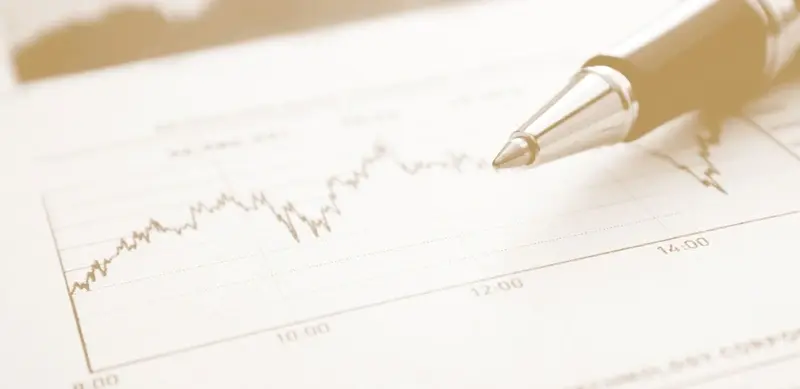
VOLATILITY STOPS
All stop systems aim to limit the losses from poor trades and run the good ones so as to maximise profits. They attempt to instil a mechanical and thus unemotional approach to trade termination but can nevertheless fall victim to short-term asset price volatility. Conventional stops at these times require a wide margin so they do not trigger easily and only once the market calms down can they be tightened.
One potential solution is the Volatility Stop system, the brainchild of J. Welles Wilder. Many technical traders believe price volatility correlates with the average true range (ATR). This is represented by the greater of the daily high/low range or the distance from the preceding close to the current bar?s high or low price.
A smoothed value of ATR can be derived by averaging this value for a set time, often 14 periods long. An initial stop can then be set via the factoring of the smoothed ATR by a set constant and then adding the result to, or subtracting it from, the extreme close of the last trend.
Welles Wilder also created the Parabolic SAR, so-called because of its characteristic shape. Initially slow to accelerate in the direction of the trade, the line is first set at the lowest point of a fall or the highest peak of a rise. It then starts to move in the direction of the trade as prices start to trend and the acceleration factor becomes more pronounced with each closing price that continues the direction of the trend.
The rate of acceleration increases to a set maximum value as the move builds to ensure the greatest profit possible is gleaned from the technical trade.
As the move begins to tail off and the price action then crosses the Parabolic ?dot?, the position is liquidated and the line set to the extreme value attained by the fading trend. The acceleration factor is also returned to its original defined minimum start value.
The Parabolic SAR works best in trending conditions and it can be dangerous, not to say expensive, to use in sideways ranging conditions. As a consequence, Wilder additionally suggested his ADX line also be used to measure the strength of the underlying trend and help set the stop loss.
A closing price line chart of the FTSE 100 index over the last year shows how the ATR Volatility Stop would have behaved. The stop line is calculated using a 14-period average and a multiple of three times. It behaves very well during trends and although it was less effective in the ranging conditions of spring, August and September the overall returns would have been impressive.
The Parabolic SAR is applied to the same FTSE 100 index again over the last year. This chart shows the Parabolic SAR line as a series of dots below the price bars whilst the trend is up and an equivalent series above prices when the trend is down. Once price action breaks through the level of the Parabolic dot the trade is closed or even reversed and the line switches stance.





